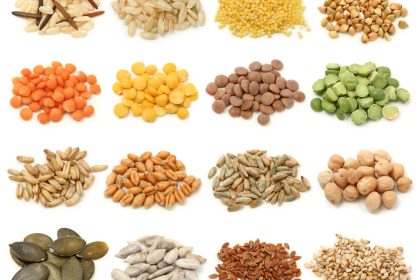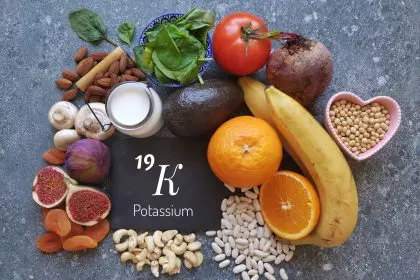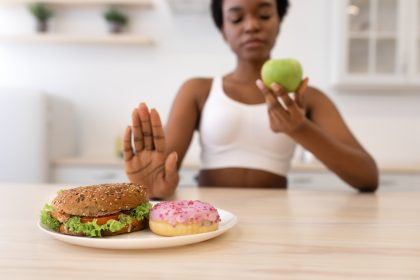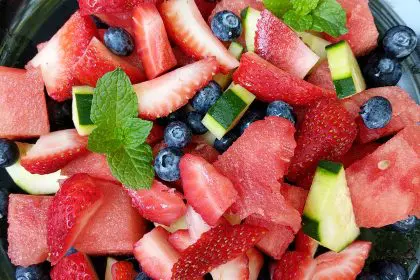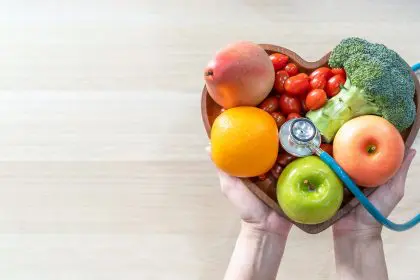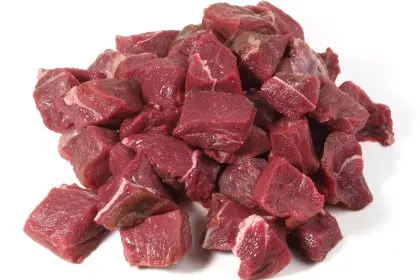While fruits are generally considered healthy, certain varieties can significantly impact blood sugar levels in diabetic individuals. Medical experts emphasize the importance of understanding not just which fruits to monitor but also how to incorporate them safely into a diabetic-friendly diet.
The banana balance
One medium banana contains approximately 14 grams of sugar, equivalent to about three teaspoons. However, bananas also offer essential nutrients like potassium, vitamin B6, and fiber. The key lies in their ripeness – greener bananas have a lower glycemic impact due to their higher resistant starch content. For diabetics, half a banana paired with protein provides benefits while minimizing sugar impact.
Grape considerations
These small fruits pack a surprising punch with 23 grams of sugar per cup. While grapes contain beneficial compounds like resveratrol, their high sugar concentration and easy overconsumption make them challenging for blood sugar management. Freezing grapes and eating them slowly helps control portions while satisfying sweet cravings.
Managing mangoes
Despite impressive vitamin A and C content, mangoes contain about 45 grams of sugar per cup. Their tropical sweetness makes portion control particularly important. Experts recommend limiting mango consumption to a quarter cup serving, preferably combined with nuts or yogurt to slow sugar absorption.
Pineapple precautions
With 16 grams of sugar per cup, pineapple requires careful monitoring. Its bromelain content offers anti-inflammatory benefits, but timing matters. Morning consumption allows better blood sugar management throughout the day. Grilling or roasting pineapple can enhance flavor while requiring smaller portions.
Watermelon wisdom
Though refreshing and hydrating, watermelon contains 17 grams of sugar per cup. Its high water content helps dilute sugar impact, and its lycopene offers health benefits. Mixing watermelon with protein-rich foods helps moderate blood sugar response. Portion control remains essential – stick to one-cup servings.
Cherry challenges
Despite their antioxidant properties and potential sleep benefits, cherries contain 18 grams of sugar per cup. Tart cherries offer lower sugar content while retaining nutritional benefits. For blood sugar management, limit intake to 10-12 cherries per serving, preferably with meals rather than as snacks.
Fig fundamentals
Each medium fig contains around 10 grams of sugar, but their fiber content helps moderate blood sugar impact. Fresh figs offer better nutrition than dried ones, which concentrate sugar content. Quartering figs and pairing with cheese provides satisfaction while controlling portions.
Strategic consumption
Timing fruit consumption significantly impacts blood sugar management. Eating fruit with meals rather than as standalone snacks slows sugar absorption. The fiber and nutrients from a complete meal help moderate glucose response. Exercise after fruit consumption can help utilize natural sugars effectively.
Understanding glycemic impact
Different fruits affect blood sugar levels at varying rates. The glycemic index helps predict these effects, but individual responses vary. Regular glucose monitoring after fruit consumption helps identify personal tolerance patterns. This information enables better fruit selection and portion control.
Seasonal strategies
Fruit sugar content varies with ripeness and season. Generally, peak-season fruits offer better nutrition but may also contain more sugar. Slightly under-ripe fruits provide lower sugar content while maintaining most nutritional benefits. Frozen fruits can offer year-round options with controlled portions.
Alternative choices
Several fruits offer sweetness with lower sugar impact. Berries typically provide better options, with strawberries containing just 7 grams of sugar per cup. Citrus fruits like lemons and limes add flavor without significant sugar content. Avocados, though technically fruits, offer minimal sugar impact with beneficial healthy fats.
Practical guidelines
Spreading fruit consumption throughout the day prevents sugar spikes while allowing variety in the diet. Combining fruits with protein or healthy fats slows sugar absorption. Understanding portion sizes helps – using measuring cups initially builds awareness of appropriate servings.
The fiber factor
Fiber content in fruits helps moderate sugar absorption. Some fruits offer better fiber-to-sugar ratios than others. This knowledge helps in making strategic choices about fruit consumption. Keeping fruit skins on, when edible, maximizes fiber intake.
Looking ahead
Regular blood sugar monitoring helps refine personal fruit consumption strategies. Working with healthcare providers ensures appropriate fruit choices within overall diabetes management plans. Understanding these principles allows diabetics to enjoy fruits while maintaining stable blood glucose levels.



